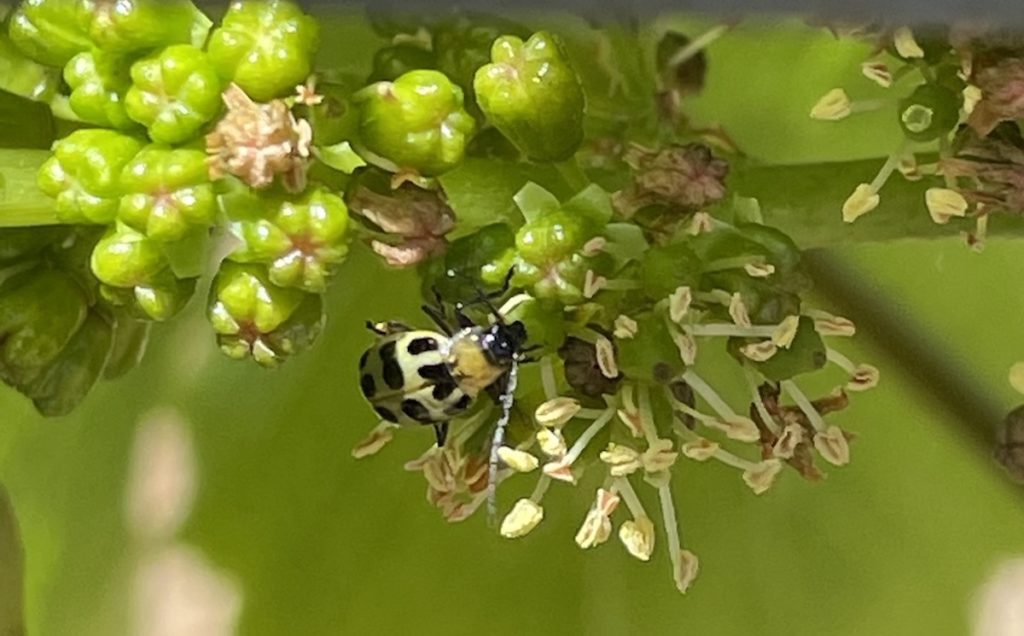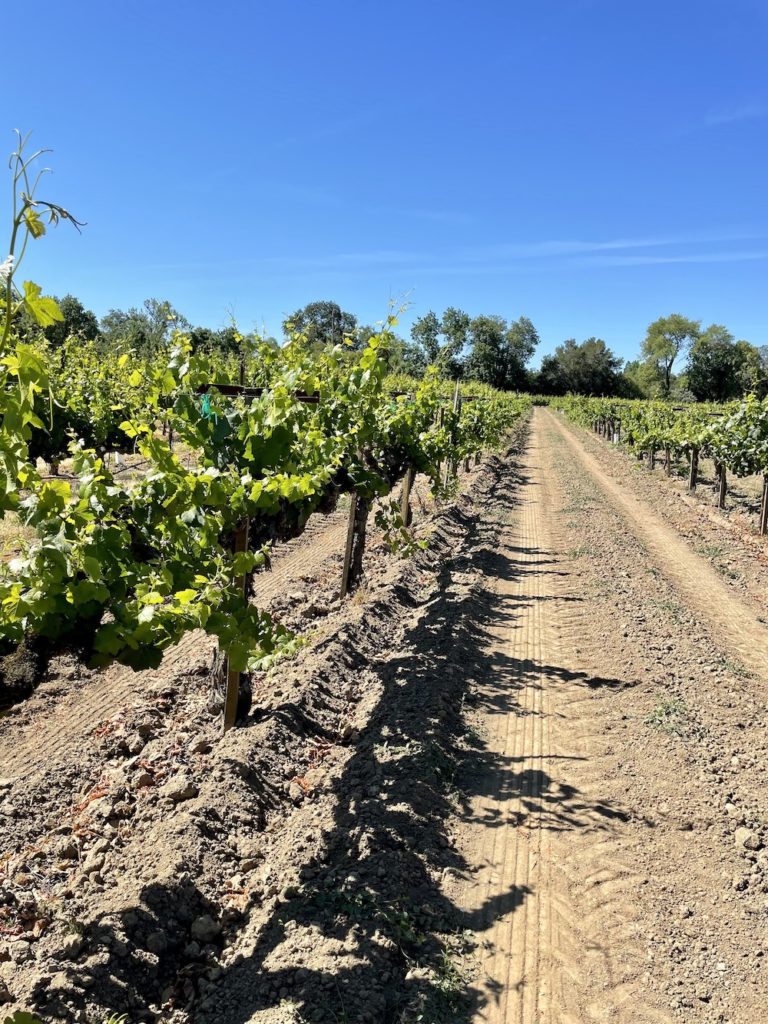
State of the 2021 Vintage
What does 2021 have in store for us? So far, the growing season has moved at a good, even pace. Outside of a few unseasonably warm days in February and unusually high winds, things have been quite normal. 2021 seems to be tracking a little cooler than 2020 which is more than welcome. Cooler weather gives us more lead time and runway to make decisions with the fruit, as opposed to intense heat which will have you worried and running down the clock all summer.

Right now, the vineyards are finishing up one of the most crucial steps in their life cycle, reproduction. Grape vines are self-pollinating. Bees need not apply! During this period of pollination, known as bloom, we hope for weather that’s not too warm, not too cold, and certainly no rain. I like to call it Goldilocks weather but instead of porridge it’s the environmental conditions that are “just right”. Fortunately for us, aside from some gusty days, we’ve had great conditions for bloom. But with that said the real confirmation of a successful bloom will be in mid-July when we perform crop estimations at lag-phase.

Allen Vineyard Chardonnay
From here on out until lag-phase vineyard crews will be focusing on canopy management. These cultural practices ensure that the shoots are growing upright to maximize leaves exposure to sun. We will also be removing unwanted or excess shoots as to focus a vine’s energy on ripening the crop, this is called suckering. The last main cultural practice we will be implementing is leafing. It is imperative to remove certain leaves in the canopy. The main objective of this is twofold; to increase the penetration and efficacy of our spray program and to get sunlight on the grapes to help aid in color and flavor development. In all the vineyards we work with these practices are performed by hand. It takes quite a bit of skilled labor to get this done. This is why having a good rapport with one’s growers and vineyard managers is tantamount to producing a quality wine.
The old saying holds true. Best fertilizer for a vineyard is a farmer’s shadow.
Winemaker David Milner




